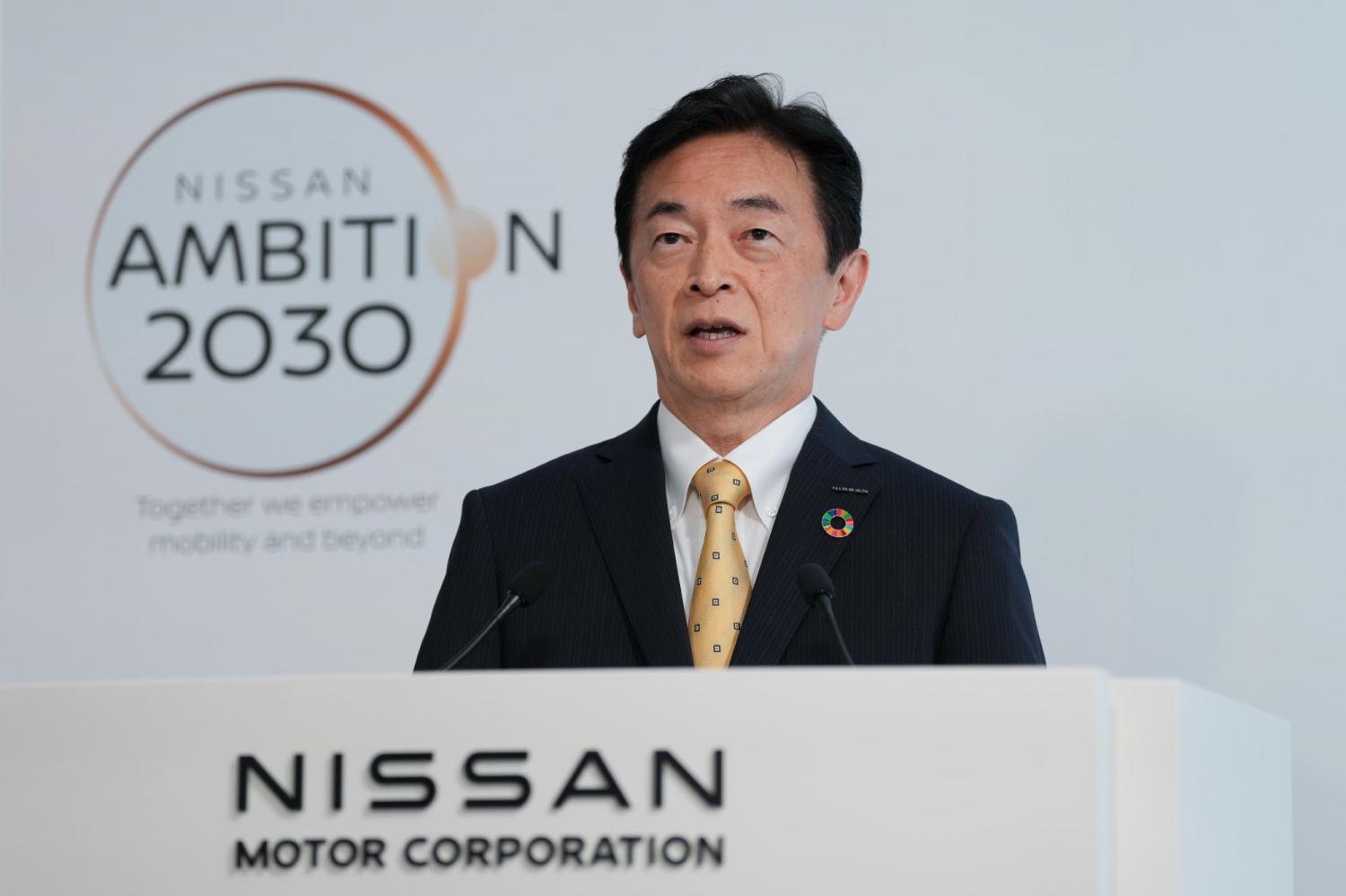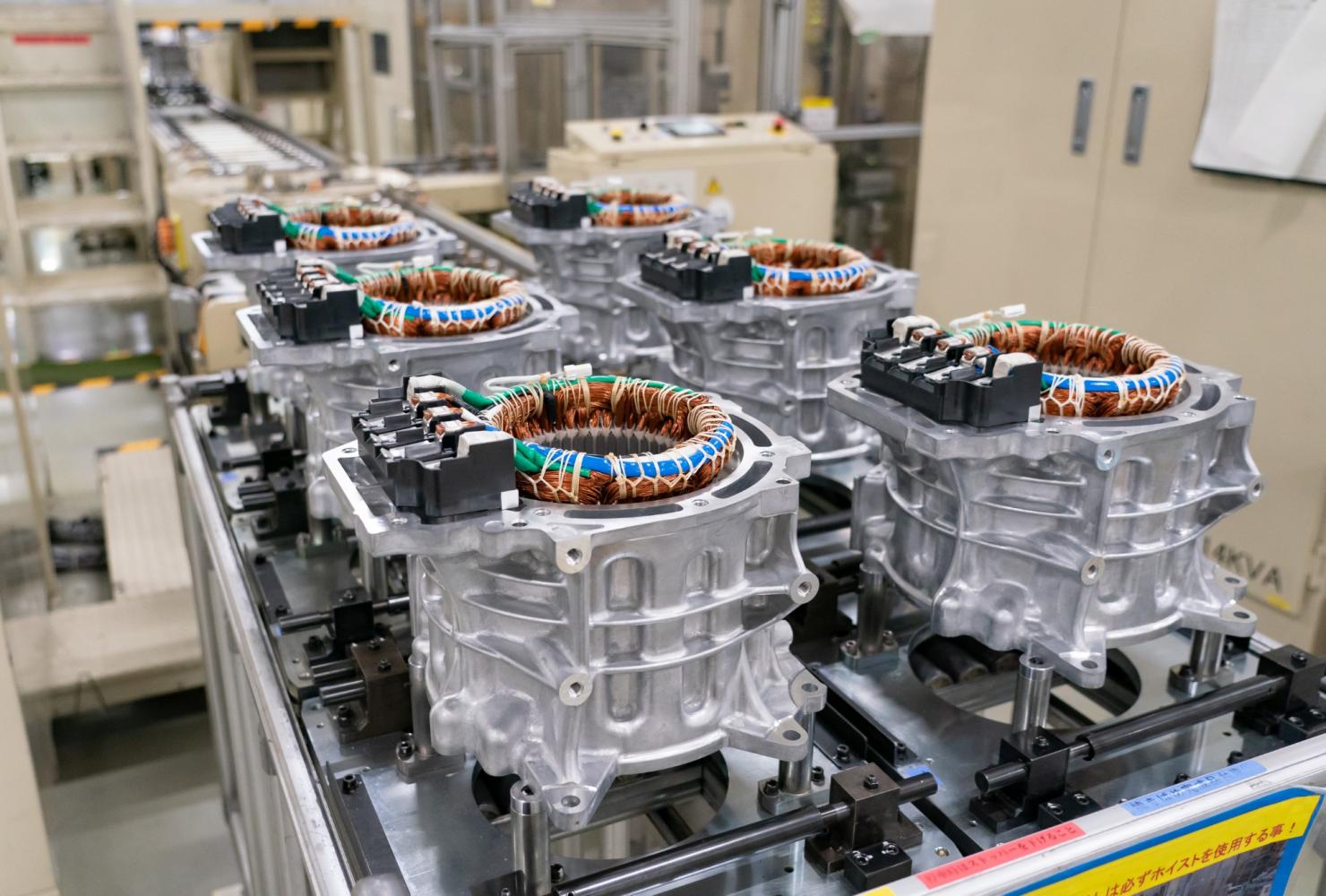
Nissan has announced a new direction in developing electric powertrains that will help reduce development and manufacturing costs.
The new approach is called X-in-1, which will see core EV and e-POWER powertrain components be shared and modularised, resulting in a 30% reduction in development and manufacturing costs by 2026 compared to 2019.
Nissan stated in a press release that through the X-in-1 approach, it aims to further increase the competitiveness of its EV and e-POWER vehicles.
Nissan has developed a 3-in-1 powertrain prototype, which modularises the motor, inverter and reducer, which is planned for use in EVs. A 5-in-1 prototype, which additionally modularises the generator and increaser, is planned for use in e-POWER vehicles.
The X-in-1 approach, which covers 3-in-1, 5-in-1 and other possible variants, has been developed to enable EV and e-POWER core components to be produced on the same line.
In 2010, Nissan became the first automaker to mass-market an EV, the Nissan LEAF. To continuously enhance its electrification technologies, Nissan said it has been carefully listening to its EV customers around the world. In 2016, the company launched the e-POWER hybrid powertrain, which provides the same driving character of an EV due to the 100% motor drive.

The X-in-1 approach to electrified powertrain development provides the following benefits:
Sharing and modularising core components improves production efficiencies and reduces powertrain costs by approximately 30% compared to 2019. Nissan aims to achieve e-POWER price parity with ICE vehicles by around 2026.
Size and weight reduction of the unit improves vehicle driving performance and minimises noise and vibration.
Adopt newly developed motor that reduces the use of heavy rare Earth elements to 1% or less of magnet weight.
The sharing of core components and control technology provides the enjoyable driving experience unique to Nissan EVs.
Senior vice-president Toshihiro Hirai, who leads powertrain and EV engineering development, said: "We make the most of our expertise and know-how from our more-than-a-decade long development and production of electrified technologies. Through our innovations in electrified powertrain development, we'll continue to create new value for customers and deliver 100% motor-driven vehicles -- EVs and e-POWER -- as widely as possible."
According to the Nissan Ambition 2030 business plan, the company aims to bolster its line-up with 27 new electrified models, including 19 EVs, by fiscal year 2030.








